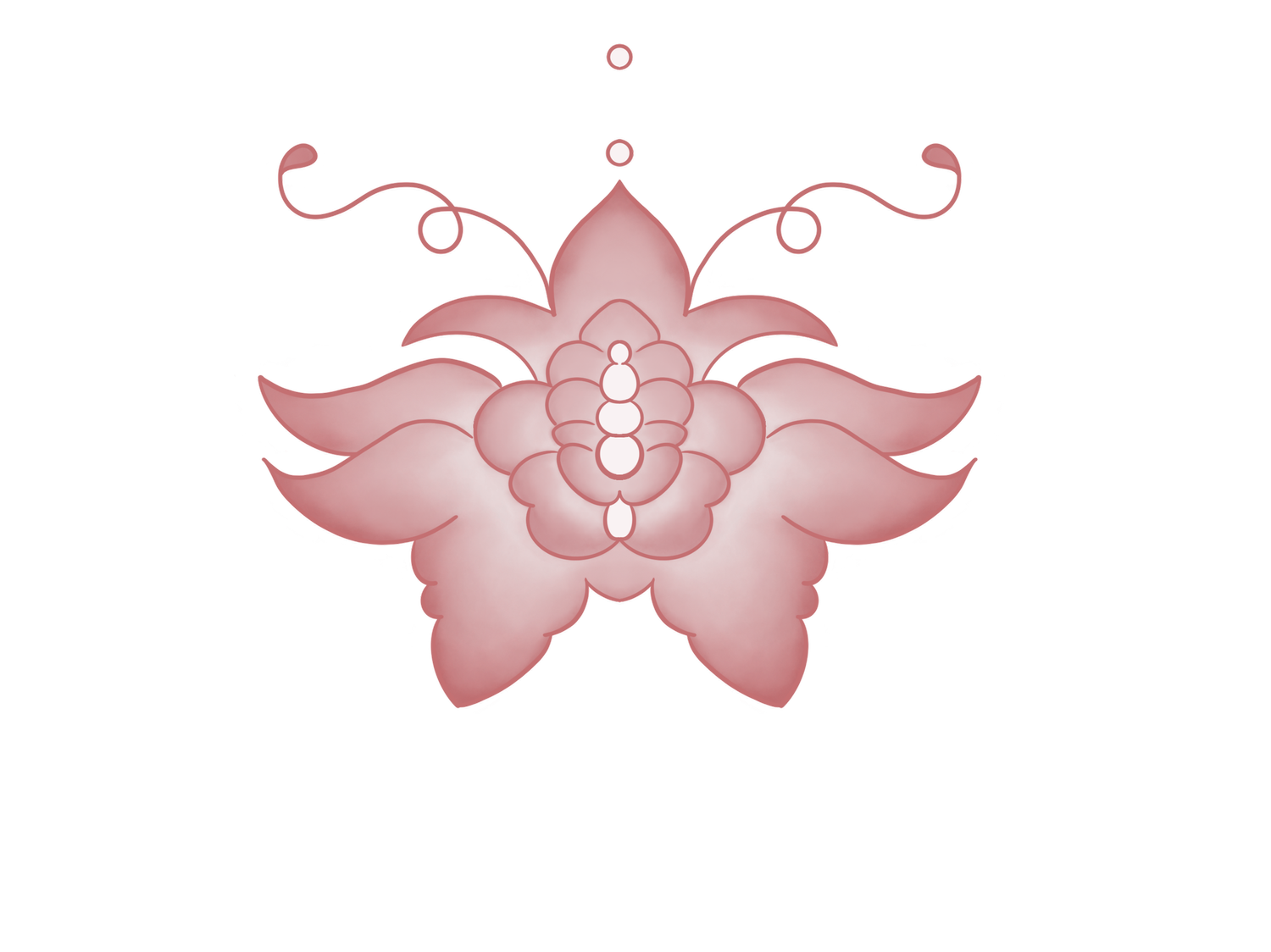Sound & Silence
One of the positive impacts that lockdown created was to open the world up to online teaching, we could now join courses that were on the other side of the world! I had the wonderful opportunity to meet Lucy Crisfield at ‘Original Wisdom,’ and join her teachings and courses of the sacred language of ‘Sanskrit’. Lucy’s ability to channel the scared sounds of mantra are a true example of following your Dharma! Her teachings are now reflected in my own delivery of mantra both from the Devanagari and Japanese Koto dharma.



